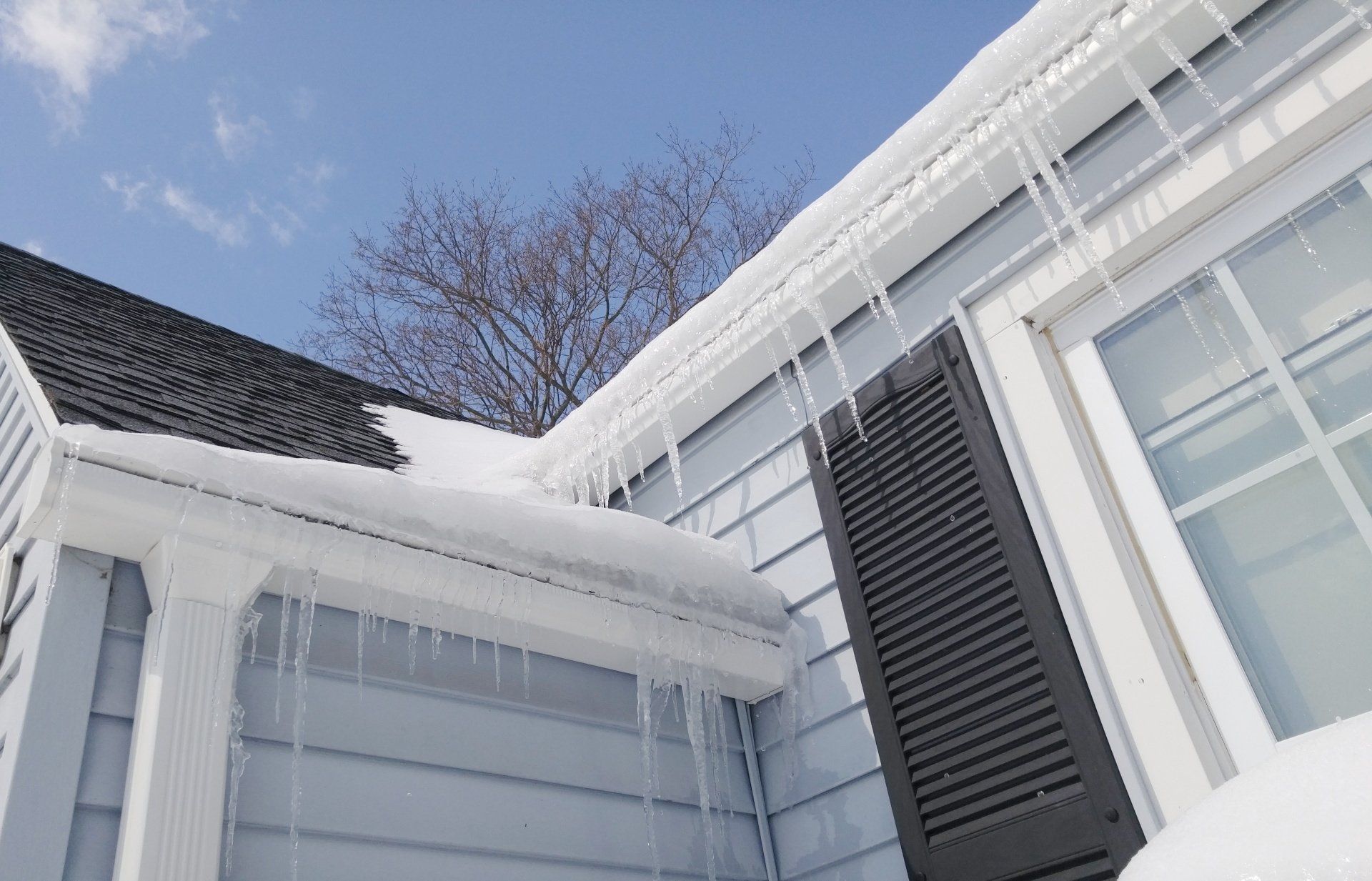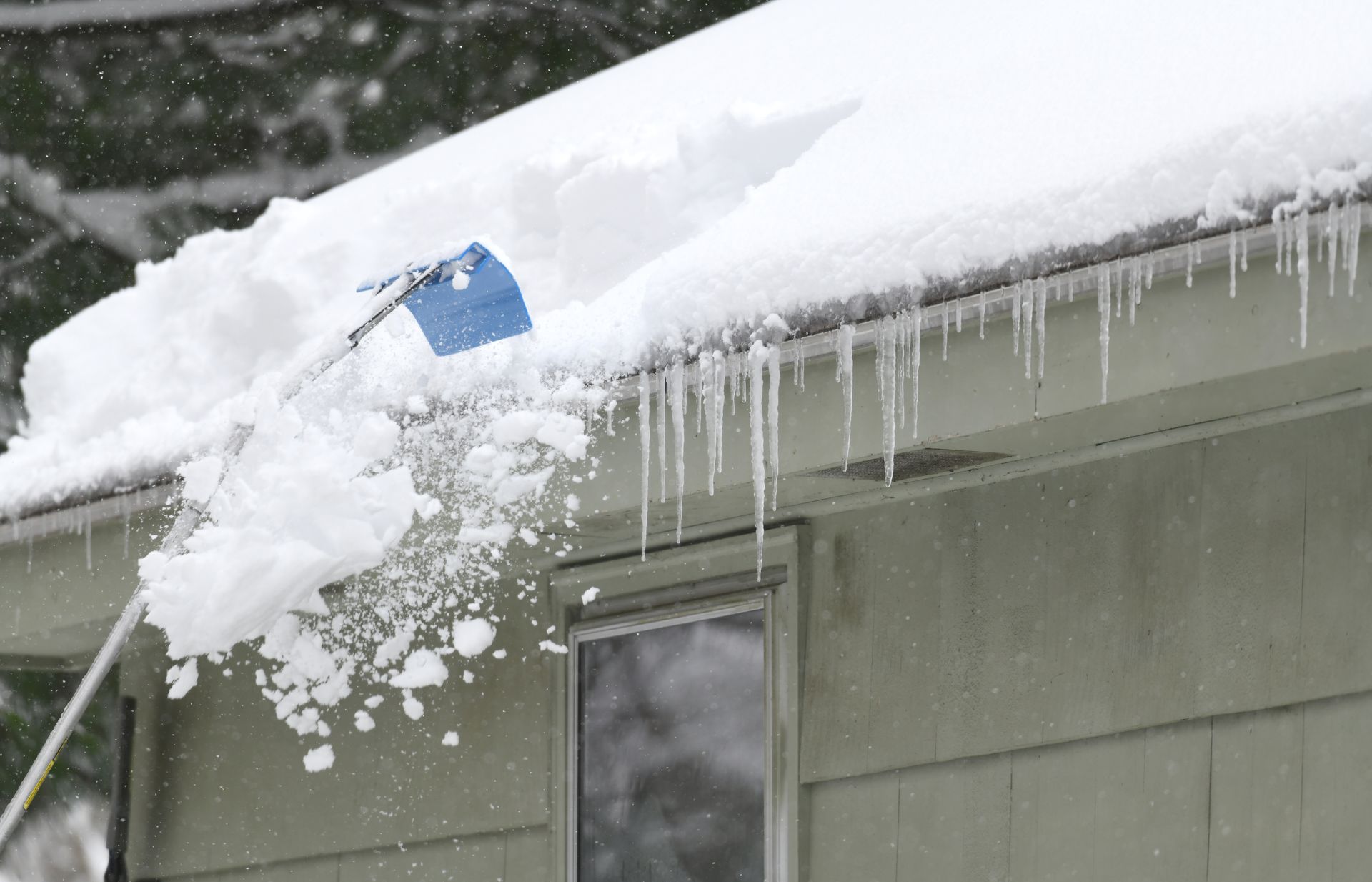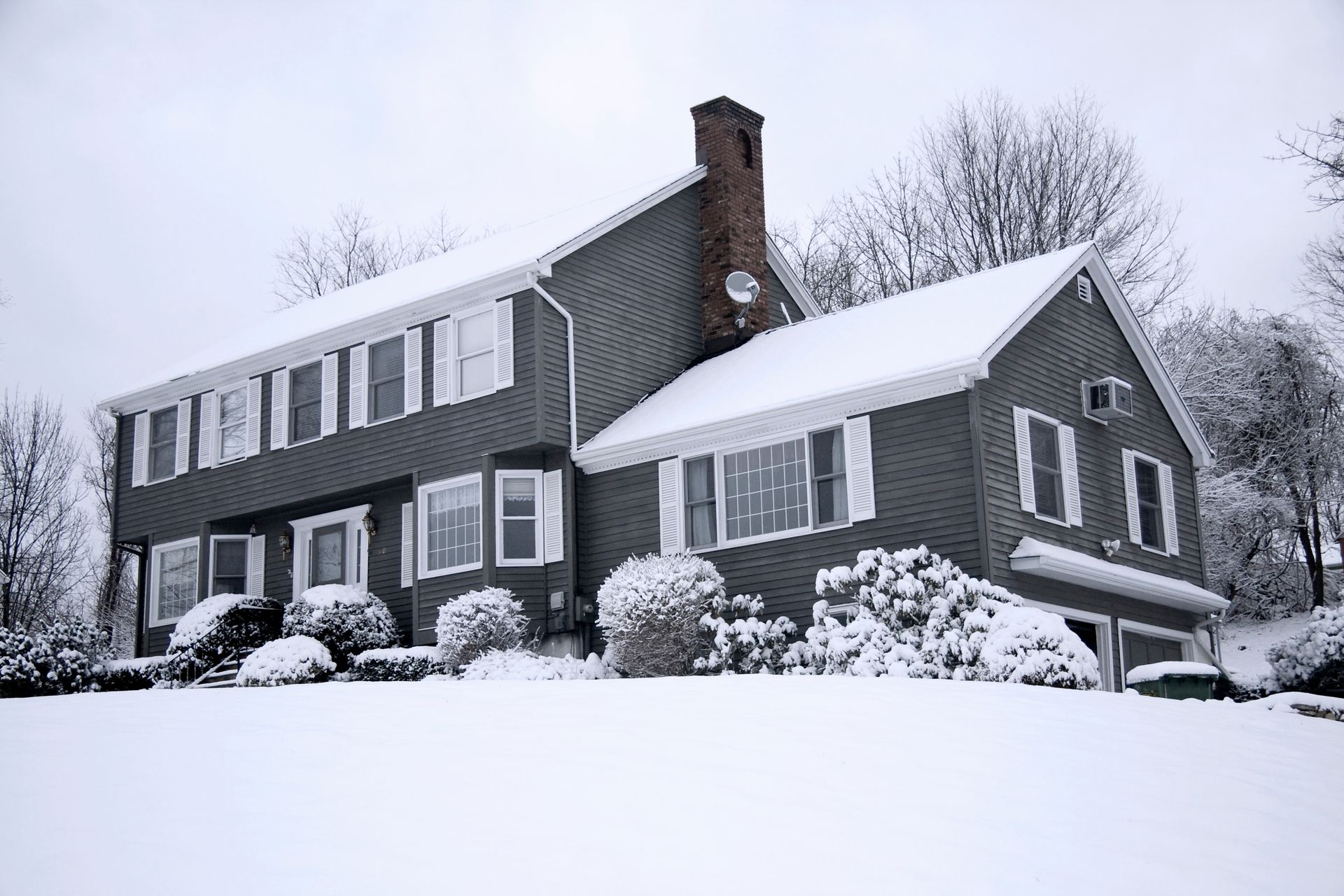Roofing and Exterior Home Improvement Contractors Serving Western MA
How to Prevent Ice Dams From Damaging Your Roof
Ice dams are the most common cause of ice damage to roofs. They can lead to leaks, water infiltration into ceilings and walls, rot, mold growth and structural damage. Home owners in Western Massachusetts have been experiencing a large number of ice dam related problems this winter. Let's find out how to prevent ice dams from damaging your roof.
What are ice dams and what causes them to form?
Ice dams are a build-up of ice on the roof that can cause serious damage to your home. They are often caused by a combination of factors, including the roof's slope, insulation and ventilation. Warm air from the house rises up to the roof where it meets cold air at the roof's edge. This causes a small dam of water to form, which freezes and enlarges as more warm air keeps rising until a large amount of ice has accumulated under your shingles. If you have an ice dam, you will notice that there is a large amount of ice built up at the edge of your roof where it meets your gutters or downspouts. The difference in temperature between the warm air inside the house and the cold air on top of the roof will cause water to form large amounts of ice.
The dangers of ice dams
Ice dams can lead to leaks, water infiltration into ceilings and walls, rot, mold growth and structural damage. The most common problem caused by ice dams is water leaking into the house. This happens when water backs up under shingles, breaks through granules at the bottom of the roof and drips down on your ceilings inside the house. Water infiltration is especially dangerous in older homes with plaster walls because it can cause mold growth that is expensive to remove. An ice dam can also lead to rotting of the roof's underlayment and structural damage from water pooling on the roof. In order to prevent these problems, you should quickly take action before an ice dam causes a leak inside your home.
How to prevent ice dams from forming
Inspect your roof for any moisture or stains that appear after using your bathroom or kitchen. If you do see any signs of water intrusion, try to determine the source and resolve the problem before it leads to an ice dam.
Some tips for preventing leaks and minimizing damage from leaks include:
1. Make sure your gutters and downspouts are completely clear of debris so that they can direct water away from the house, and check them regularly.
2. Check your roof for any cracked or missing shingles that could lead to leaks.
3. Repair any areas on the roof with exposed or deteriorating underlayment or framing lumber so moisture cannot enter those places.
4. Seal penetrations through the roof such as flues, chimneys, vents and skylights.
5. Keep your roof edge free of snow where ice dams are likely to form. Try using a snow rake or push the snow off with a broom or shovel after it snows outside. You can also use commercial ice dam prevention products that release water repellents when exposed to sunlight for extended periods, which can help prevent ice dams.
6. Make sure your roof's ventilation paths are open and not blocked by chimneys, eaves or the roof edge itself. If your attic is poorly insulated or sealed you might want to add more insulation if possible.
7. Keep heat inside your home to reduce the temperature difference between indoors and outdoors, which will minimize the chance for ice dams to form.
If you think your roof already has an ice dam, make sure it doesn't get any worse by following these steps:
1. Remove any snow around the house, including the areas directly under the roof's edge because too much weight can cause further damage to your shingles and ceiling.
2. If there is already a large amount of ice built up on your roof, you can try to break the ice at the edge with a long broom handle or rake and then clear it off using a snow shovel. If you don't want to get on your roof, you can also use commercial ice-melt products that contain calcium chloride or magnesium chloride, which will help the water from your roof melt the ice.
3. If you still think there is a problem, call a professional roofing company in Massachusetts to inspect your roof and find out how much damage has been done so far. They will be able to tell you if it is safe for people or pets to stay or go back in the house and whether or not you need a roof repair or full replacement.
Roofing Professionals Serving Western Massachusetts
If you notice leaking in your home and suspect that it may be caused by an ice dam on your roof, contact us at Roof Pros for a free consultation. We provide quality residential and commercial roof repair and roof installation services throughout Massachusetts including Hampden County and Hampshire County.
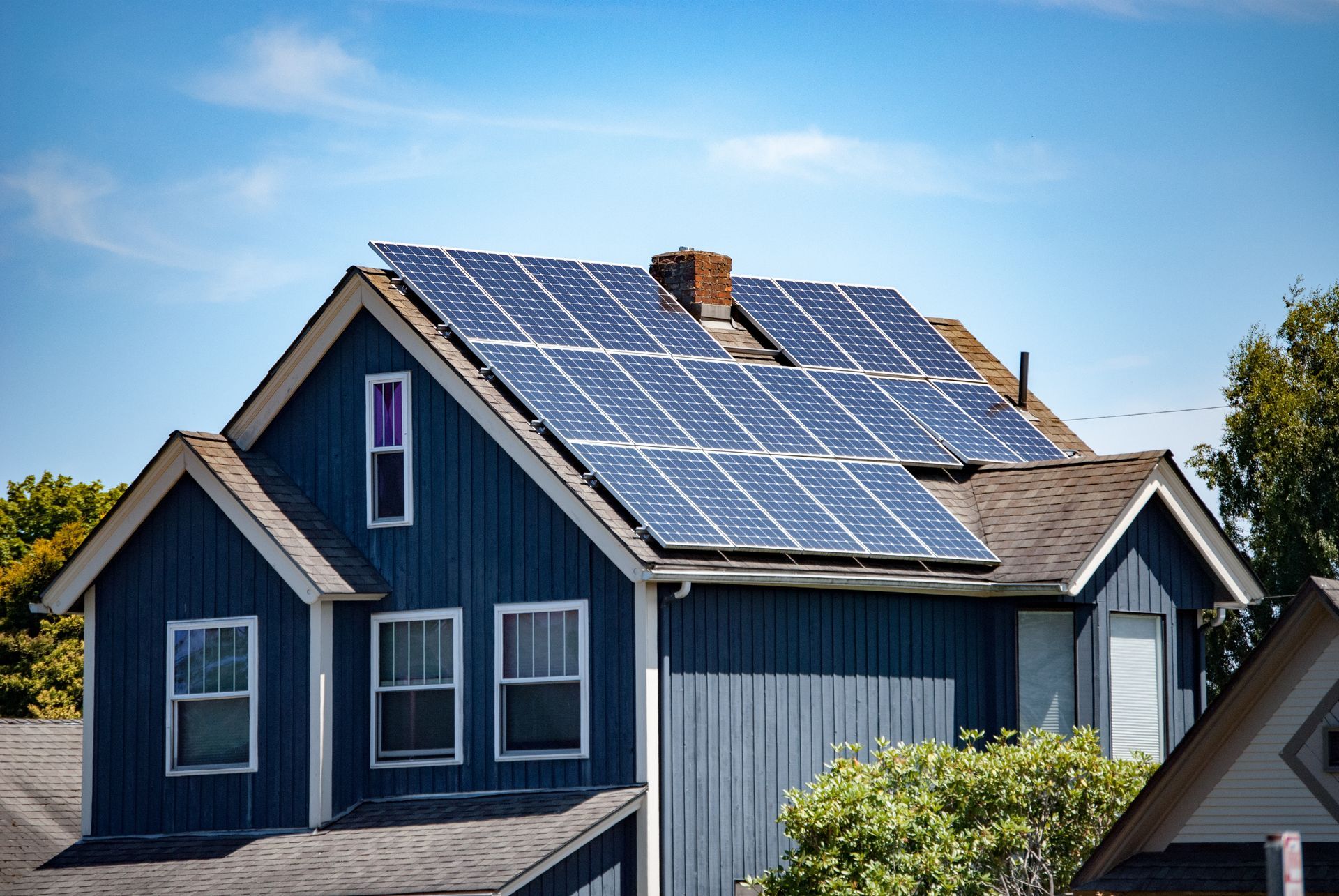

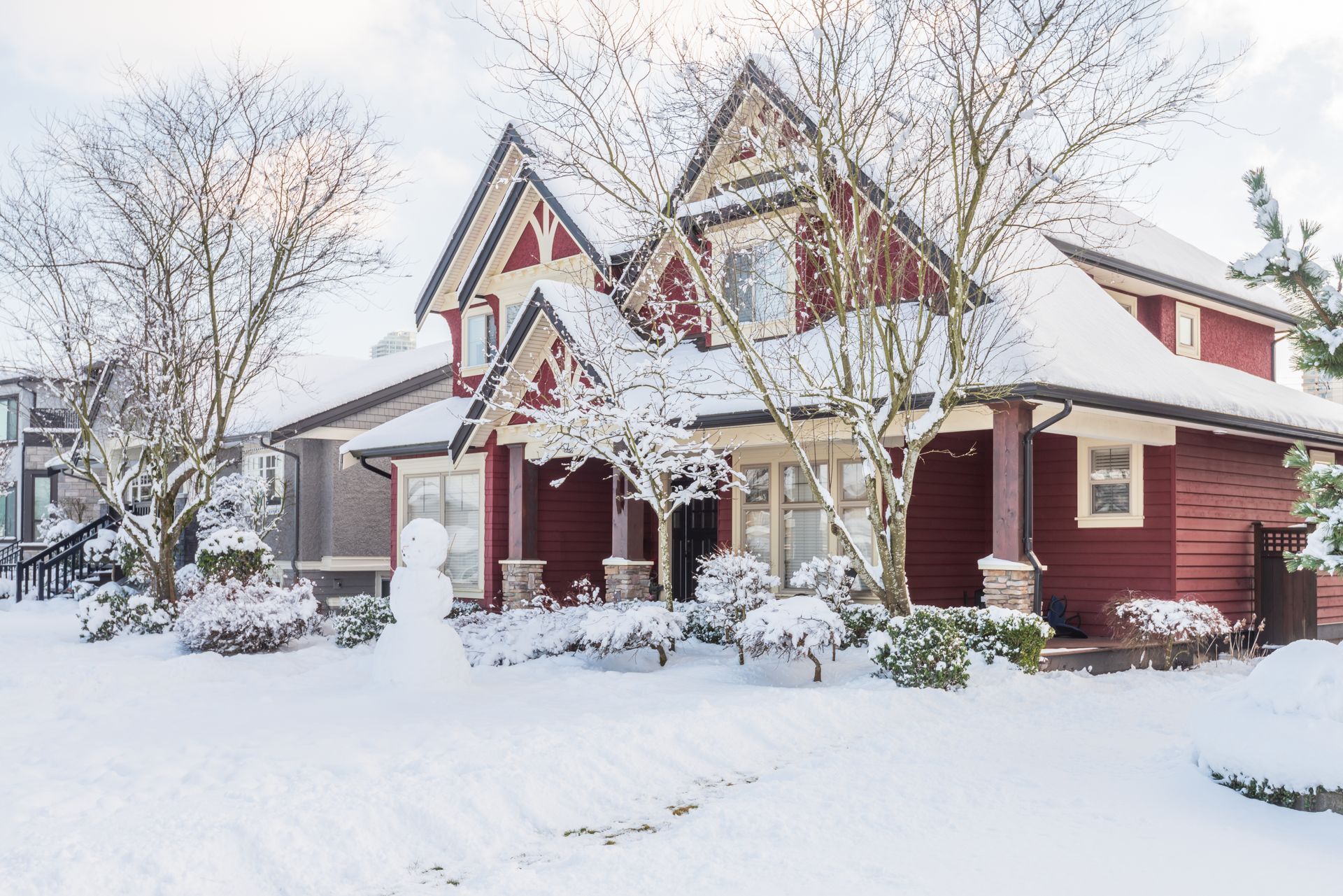
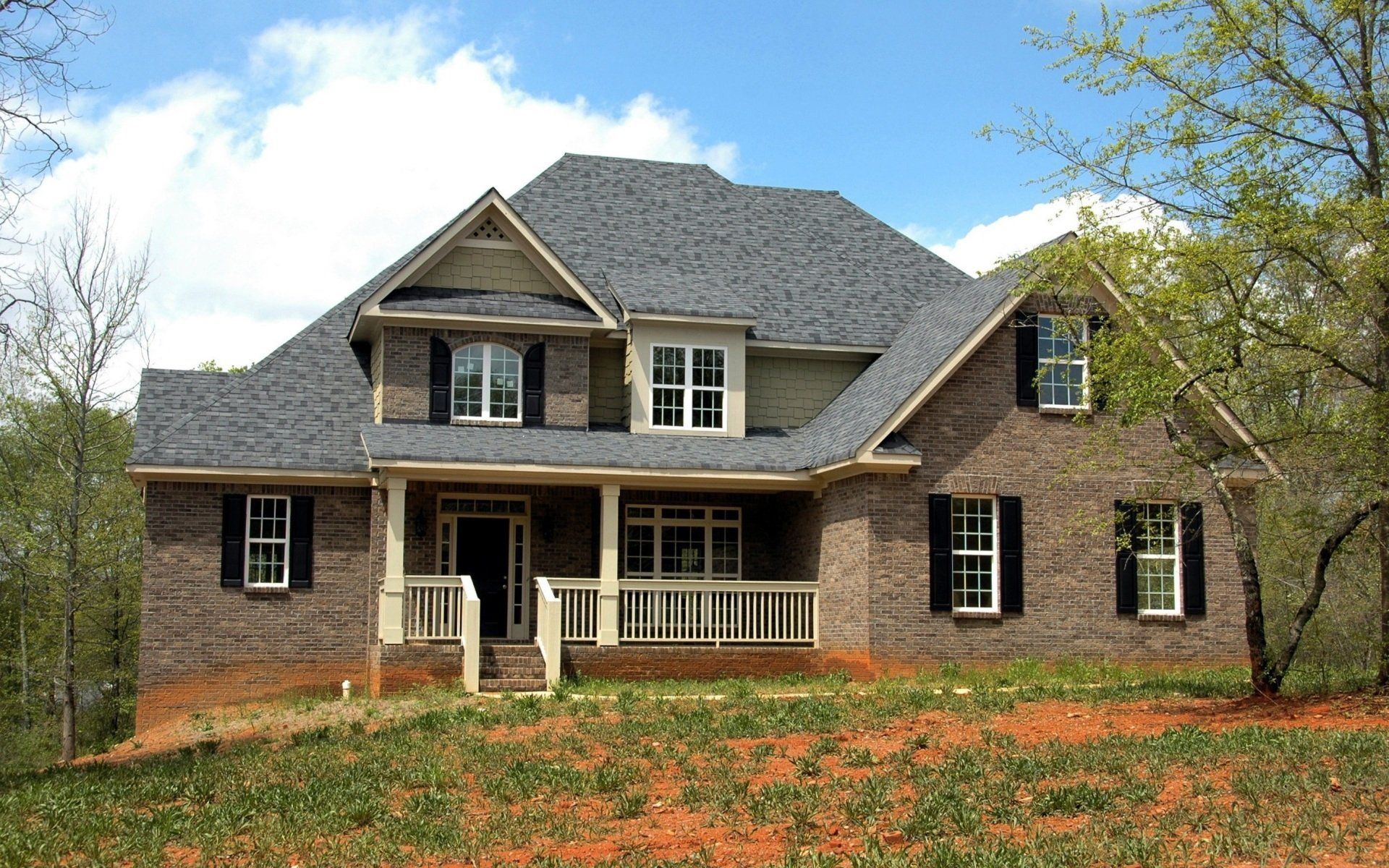

NRB ROOF PROS specialize in all exterior home improvement projects including new roofs, roof repairs, gutter installation, siding installation and snow removal. NRB ROOF PROS services home owners and businesses in Western MA including Hampden County, Hampshire County and Franklin County.
LOCATION
Office:
510 New Ludlow Rd, South Hadley, MA 01075
Hours:
Mon - Fri: 7am - 5:30pm
Sat: 8am - 1pm
Sunday: Closed

